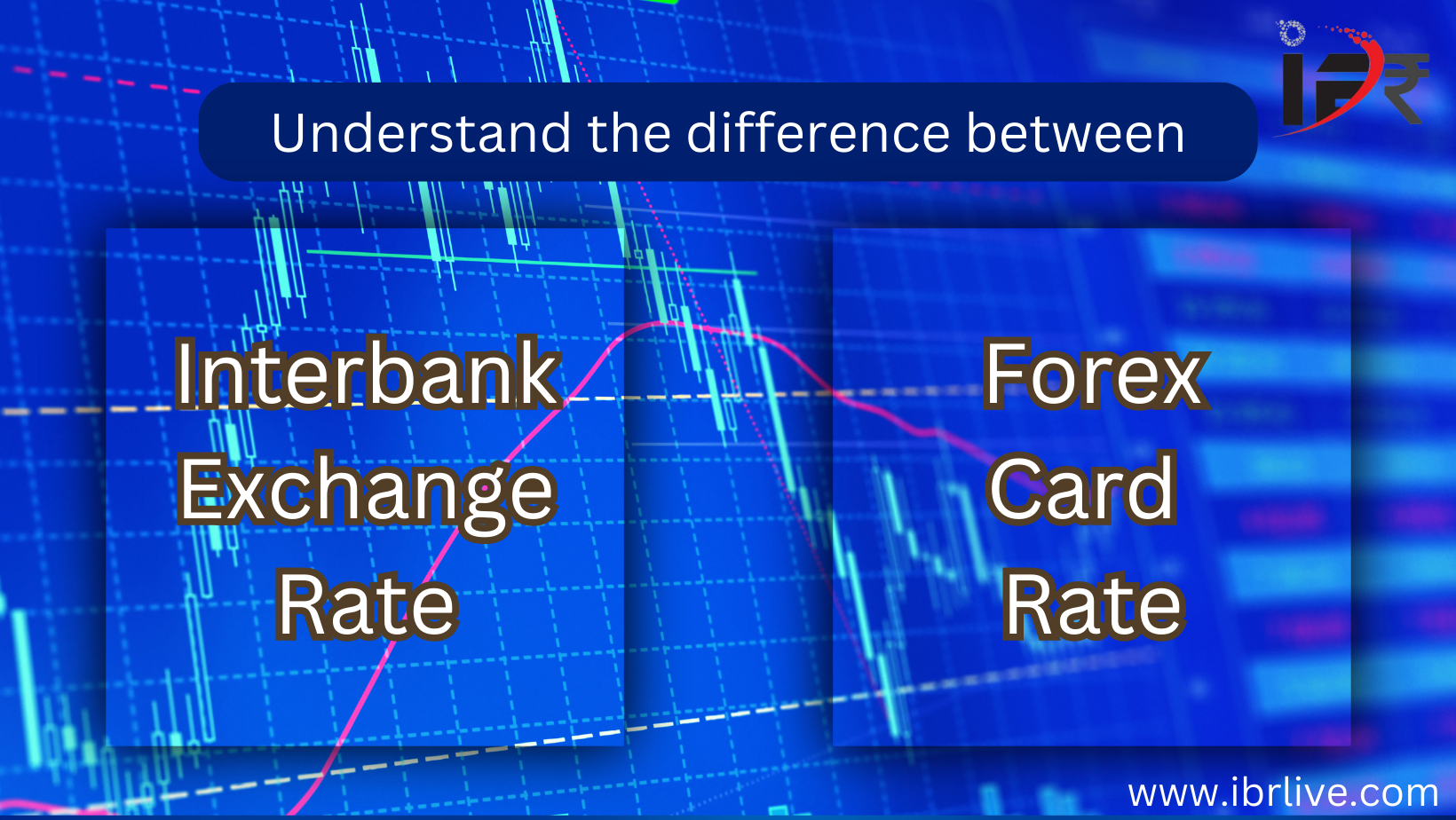What is a Forex card rate?
A forex card exchange rate is like a display board where a bank publishes exchange rates for buying and selling foreign currencies, travel cards, and currency notes. The spread between buying and selling currencies in a card rate is generally kept very wide. For example, SBI forex card rates for USD/INR can be in the form of the below-mentioned table:
| Currency | Bank Buying Rate | Bank Selling Rate | |||||||||
| TT Buying rate | Bills Buying rate | Currency notes | Travel card | Traveller’s cheques | TT Selling rate | Bills Selling rate | Currency notes | Travel card | Traveller’s cheques | Demand draft | |
| United States Dollar (USD) | 80.94 | 80.94 | 79.45 | 80.69 | 80.69 | 84.58 | 84.58 | 85.94 | 84.36 | 84.36 | 84.24 |
When a bank displays a card rate for foreign exchange, it may show both the TT buy rate and the TT sell rate. The TT buy rate is the rate at which the bank will buy foreign currency from the customer in exchange for local currency. The TT sell rate is the rate at which the bank will sell foreign currency to the customer in exchange for local currency. The difference between the TT buy and TT sell rates is known as the bid-ask spread, and it represents the bank’s profit margin for facilitating the transaction. The bid-ask spread can vary depending on various factors, such as market conditions, currency volatility, and the size of the transaction. Customers need to understand the card rate and the bid-ask spread to make informed decisions about foreign exchange transactions and to minimize the costs associated with such transactions.
Do the forex card rates of each bank differ?
The card rate can differ across banks. Each bank sets its own card rate based on a variety of factors, such as its cost of acquiring foreign currency, operating expenses, and profit margin.
The differences in card rates across banks can impact the cost of foreign exchange transactions for customers. Therefore, comparing the card rates offered by different banks before making a foreign exchange transaction is essential to get the best possible rate.
What is the difference between the card rate & interbank exchange rate?
The card and interbank exchange rates are two different rates used in foreign exchange transactions. The main differences between the two are:
Definition: The interbank exchange rate is the rate at which banks buy and sell currencies with each other in the wholesale market. It is used by banks to settle their transactions and by other financial institutions as a benchmark for pricing their foreign exchange products.
On the other hand, the foreign exchange card rate, refers to the rate derived on a daily basis by bank based on the interbank exchange rates by keeping a substantial margin on buy and sell foreign exchange transactions. Generally the margin loaded in forex card rate is more than 1 rupee on USD/INR transactions, 2 rupee on EUR/INR transactions and 3 Rupee on GBP/INR transactions. This margin can vary across banks based on their different strategies and other market factors.
Calculation: Numerous economic considerations and market dynamics of supply and demand as well as market dynamics of supply and demand, influence the interbank exchange rate. While the bank’s profit margin, the interbank rate, and any other fees or charges are all included in the card rate, which is established by the bank.
Spread: The difference between a currency pair’s purchasing and selling rates for a currency pair is known as the bid-ask spread. Due to banks’ high volume of transactions, the spread for interbank exchange rates is normally quite small, with only a few pips. For example the spread between USD to INR IBR rate is generally 1 to 3 paisa only. As a result of the bank’s profit margins and other expenses related to supplying retail consumers with foreign exchange services, the gap in card rates is often greater and can range between 1 to 3 Rupees.


